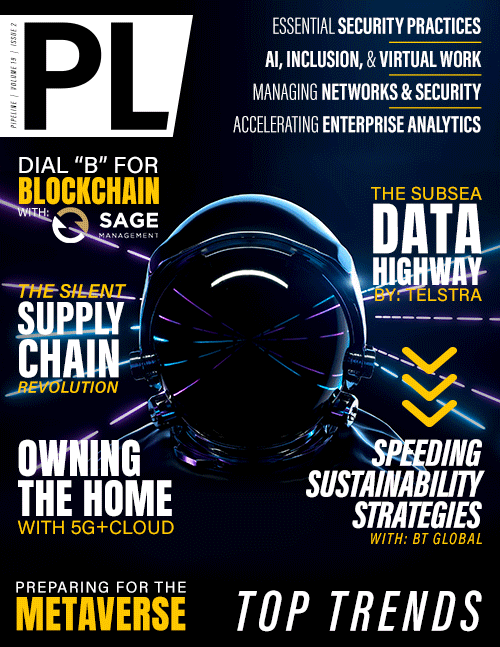The Silent Revolution in Enterprise
Supply Chain Collaboration
For supply chains, since one of the early versions of SAP, management of material purchases has been embedded in a suite of solutions in its ERP system called Material Management (MM). Interestingly, the core MM solution is still there—quite evolved, of course, into a sophisticated solution driving logistics and supply chain operations.
The next step in the evolution of material management is a traditional supply chain solution (SCM) covering forecasting, planning, collaboration, and logistics, somewhat situated on top of MM as a top level above the materials management solution.
The next iteration of supply chain management systems included supply chain planning tools for Advanced Planning and Optimization (APO). These solutions aid organizations in managing demand planning, supply network planning, production planning, detailed scheduling, and “global available to promise,” which covers predefined availability checks for customers.
A supplier relationship management solution (SRM) managed supplier relations and how they integrate in procurement activities.
Finally, solutions are in place for managing procurement with a focus on indirect spend, all so-called source-to-pay aspects and spend analysis, supplier management, sourcing, contracts, and others.
This sums up the evolution of supply chain management systems as intelligent solutions that evolved over the years and connected to a core ERP solution. However, the old models have already hit limits for some time; the present ecosystem already looks quite different as we outline next.
The present: integrated cloud-based supply chain solutions
All the solutions mentioned above were already connected and integrated with each other and included various features for collaboration with internal and external stakeholders in the process. But only a few solutions were built primarily as collaboration platforms or cloud-first solutions.The first major shift came when SAP acquired Ariba for $4.3 billion in 2012. Well-known in the market of indirect procurement, Ariba was a leading procurement solution born as a cloud solution built around collaborative processes. Ariba was integrated reasonably quickly as the primary solution for indirect procurement with various integration modules into the ERP system.
A second major shift was the ongoing consolidation of many business platforms into a single digital core with SAP S/4HANA, a technological leap compared to their previous ERP systems.
The third shift was the evolution and adaption of the cloud. Among others, SAP Ariba played a significant role. Flanked by other cloud-only solutions (such as SuccessFactors, IBP, Concur, and others), the ecosystem is moving toward a SaaS model from a traditional on-premises model. Most supply chain and supply chain collaboration solutions will ultimately transform into, be offered, and consumed on a subscription-based cloud model.
The integration piece is relatively simple. All solutions already existed but needed to be partly rebuilt, partly rearranged, integrated, and most importantly, connected to networks of suppliers, logistics companies, and intelligent assets such as IoT devices. After integrating the core solutions, the focus is now on the business networks.
We are using the Procurement Network of SAP Ariba to outline how the future is quite different.
The future: integrated, collaborative supply chain networks
The future of the supply chain is in supply chain collaboration. SAP Ariba is unique compared to other procurement solutions. Many procurement solutions also cover similar areas: direct- and indirect procurement of products and services, spend



















